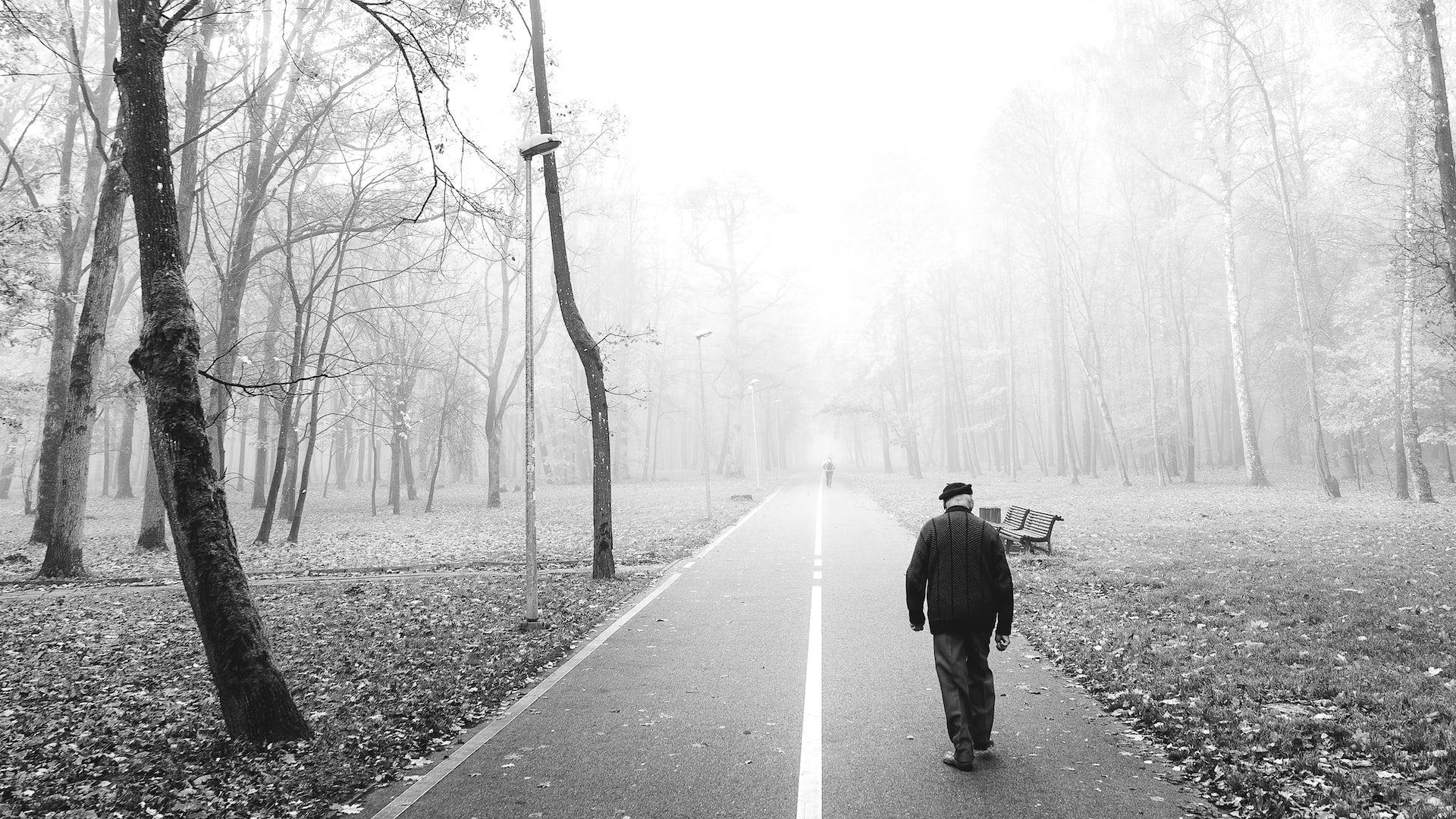Wandering is common among individuals with Alzheimer’s disease. Thankfully, there exist ways to reduce the associated risks. That’s according to an expert from the Cleveland Clinic on World Alzheimer’s Day.
World Alzheimer’s Day: Wandering Patients Is a Big Issue
According to the World Health Organization (WHO), Alzheimer’s is the most common form of dementia and may contribute to 60% to 70% of the 55 million cases worldwide. The WHO states that there are nearly 10 million new cases of dementia every year. This number is expected to rise along with an increasing proportion of elderly populations in most countries.
According to Shaina Meyer, OTR/L, an occupational therapist and Clinical Rehabilitation Manager at the Cleveland Clinic Lou Ruvo Center for Brain Health, wandering is a fairly broad concept. She says,
“Wandering doesn’t just refer to people physically wandering away from their home or walking off on their own in public.
Wandering can also happen within the home in the form of repetitive pacing, or repetitively expressing the need to leave and go somewhere. Even when that place or concept is illogical, such as wanting to return to a childhood home before Dad gets back from work.”
Do all Alzheimer’s patients wander?
Around 20% of community-dwelling individuals with dementia and 60% of those living in institutionalized settings are reported to wander. However, Meyer says this doesn’t necessarily reflect the scale of the problem.
“Wandering is underreported and not addressed as frequently as it should be. This is because family members may not bring it up during a healthcare visit. Healthcare providers may not always ask or may misinterpret wandering as other behavior. In addition, healthcare providers may not be familiar with other approaches that can help, such as social work and occupational therapy,” she says.
It is important for the issue of wandering to be addressed, Meyer adds. While it can be safe within a controlled environment, the implications of wandering outside a safe environment may be serious. She says,
“Wandering could have psychological consequences such as stress, anxiety, and depression. It could also result in sleep disturbances that further reduce cognitive function or the admission of the patient to an institution for care. In addition, there is the risk of physical harm including hypoglycemia, hypothermia, heat stroke, falls, other injuries, and even death.”
Meyer adds that the risk of wandering increases with the severity of cognitive impairment. As such, individuals who wander multiple times a week almost always have at least moderate dementia.

Lightspring/Shutterstock
Causes and therapies
Looking at the causes of wandering, Meyer says, “A large body of research informs psychosocial perspectives on wandering with three scenarios; first, an escape from an unfamiliar setting, second, a desire for social interaction, and, third, exercise behavior triggered by restlessness or lack of activity. Other factors that increase wandering include a lifelong low-stress tolerance; an individual’s belief that they are still employed; and a repeated desire to search for specific people or places.”
Meyer adds, “In my personal experience in helping individuals, I have found that emotions and feelings play a prominent role. People I have worked with who wandered were often unable to comprehend or communicate that they were experiencing anxiety, boredom, discomfort, or delusions or hallucinations related to past people or places.”
Seeking assistance for wandering
Families and those who care for individuals with Alzheimer’s can enlist the help of occupational therapy.
“Occupational therapists understand the impact of routines, consistency, and the environment on the things we have to and want to be able to do in a given day. They can make recommendations to decrease unsafe behaviors and support healthy ones,” says Meyer. “These therapists can train family, friends, or caregivers to use redirection, validation, reflective listening, and cun to stop unsafe wandering in its tracks and even to de-escalate agitation if needed.”
Families and caregivers can also support the patient directly in various ways, says Meyer.
“Caregivers should learn to understand the signs of discomfort and make sure that the patient’s basic needs – such as being fed, using the bathroom, and pain relief – are being met. Caregivers can also explore meaningful activities to reduce the risk of boredom for the patient. This includes encouraging him or her to take part in walking or exercise programs, music, hobbies, social experience, and purposeful tasks around the house,” she explains.
Practical steps to minimize risks
According to Meyer, there are practical steps families and caregivers can take to reduce wandering. These steps can also help ensure the safety of the patient who does wander. They include:
- If appropriate, alert local authorities about a person prone to wandering. You should also research local safety resources in the area.
- Safely redirecting or reducing access to exit doors. For example, placing a mirror in front of these doors or camouflaging them. You can also cover doorknobs or install latches out of the patient’s reach.
- Disabling or locking up keys to vehicles.
- Exploring products designed to improve the safety of people with Alzheimer’s, for example, those listed on Alzheimer’s organizations’ website product pages.
- Make use of GPS trackers and other systems such as safe alert/medic alert. These alerts should provide cover both within and outside the home.
- Have the person wear an identification necklace or bracelet.
- Installing alarms that alert the caregiver of elopement from a safe zone
Who is Shaina Meyer?

Shaina Meyer
Shaina Meyer received her Master’s degree in occupational therapy from St. Louis University, Missouri. She recently obtained a Master’s in Organizational Leadership from Colorado State University – Global, for the purpose of developing leaders who will improve and innovate how people are cared for in the future. Her specialty certifications include Multiple Sclerosis Certified Specialist (MSCS), Certified Dementia Practitioner (CDP), and Parkinson Wellness Recovery (PWR!).



![women [longevity live]](https://longevitylive.com/wp-content/uploads/2020/01/photo-of-women-walking-down-the-street-1116984-100x100.jpg)










